Canadian Parliament had just given a no confidence vote to Prime Minister John Diefenbaker and John F. Kennedy's administration made travel and trade with Cuba illegal. Coca-Cola's new diet soft drink TaB, was introduced, the hottest toys were Big Loo Moon Robot and Little Miss Echo and everyone was shimmying to "He's So Fine" by The Chiffons.
On February 15 and 16, 1963, skating fans gathered by the thousands in Vancouver, British Columbia for the 1963 North American Figure Skating Championships. The two-day event, which closely followed that year's Canadian and U.S. Championships, was held at the Pacific National Exhibition Forum and hosted by the Capilano Winter Club. It was the first time ever that British Columbia played host to the prestigious biennal competition and only the third time the event was held in a Canadian city west of Ontario. It came on the heels of the hugely successful 1960 World Championships, British Columbia's first major international figure skating competition.
All-event tickets ranged in price from three dollars and twenty five cents to six dollars and seventy five cents, which, believe it or not, was considered quite pricy in those days. Not a single defending Champion returned. The Jelinek's and Donald Jackson had turned professional, Virginia Thompson and Bill McLachlan had retired and Laurence Owen had perished in the Sabena Crash. Six other American skaters who had medalled at the North Americans two years prior in Philadelphia also perished in the tragedy: Bradley Lord, Gregory Kelley, Maribel Yerxa Owen and Dudley Richards and Dona Lee Carrier and Roger Campbell. Maribel Vinson Owen and Danny Ryan, North American Champions in 1935 and 1953 and Bill Kipp, North American Bronze Medallist in 1955, were also among the victims.
Social events included a lunch and buffet supper dance at the host Georgia Hotel and an open house, brunch and late-night dance session at the Capilano Winter Club. The buffet supper dance, where awards were presented, lasted until well past three in the morning.
THE ICE DANCE COMPETITION
Newly crowned Canadian Champions Paulette Doan and Ken Ormsby of Toronto bested Donna and J.D. Mitchell of Vancouver to take the gold medal in ice dance. Sally Schantz and Stanley Urban of Whitesboro and Buffalo, New York, took the bronze. Like Doan and Ormsby, the Americans had only just been crowned U.S. (Gold) Dance Champions. Doan and Ormsby's win was the fourth victory in a row by a Canadian dance team at North Americans. Frustratingly for the Mitchell's, it was their third silver in a row.
In her book "Figure Skating History: The Evolution Of Dance On Ice", Lynn Copley-Graves recalled, "Doan/Ormsby used the compulsory Rocker, European, Kilian, and Blues to compile an early and sizable lead where the standings were set and never again changed. Paulette and Ken, matched in gray for the free dance, enchanted the audience with beauty and grace in a free dance reminiscent of Doreen Denny and Courtney Jones. The Mitchell's chose traditional white for Donna and black for J. D. Their polka portion got the audience clapping in rhythm. Sally and Stan presented grace to retain third place. Carole Forrest and Kevin Lethbridge received the most erratic judging placements: a third, a fourth, two fifths, and a sixth to end fifth."
THE WOMEN'S COMPETITION
Eighteen year old Wendy Griner of Toronto took a comfortable lead in the women's school figures, ahead of hometown favourite Shirra Kenworthy and U.S. Champion Lorraine Hanlon. Petra Burka, only fourth in figures, stole the show in the free skate and managed to move all the way up to second overall, behind Griner and ahead of Kenworthy and Hanlon. Americans Karen Howland and Christine Haigler rounded out the six woman field.
A report in "Skating" magazine noted, "The Ladies' free skating... was exciting, but with the exception of Petra Burka of Toronto, the skating lacked the sparkle generally expected at top competitions. Miss Burka gave a splendid performance and won the hearts of the spectators with her glowing personality and clean, high double jumps... Shirra Kenworthy dropped to third, despite her smooth skating of a difficult program. Wendy Griner... skated to victory with her usual effortless grace despite the fact she appeared a bit tired." The women's event in Vancouver marked the first time in twenty-two years that a trio of Candian women swept the podium at North Americans. In Philadelphia in 1941, it had been Mary Rose Thacker, Eleanor O'Meara and Norah McCarthy.
THE MEN'S COMPETITION
Eighteen year old Donald McPherson of Stratford, Ontario amassed a substantial lead in the men's school figures. Scotty Allen and Donald Knight were second and third. In the free skate, McPherson had no problem with his double Axels or delayed double Lutz, but his triple loop attempt fell short. Tommy Litz, only fifth in figures, catapulted all the way up to second behind McPherson with the skate of the night, nailing both double and triple jumps. Litz's comeback unfortunately dropped Allen, who skated excellently, down to third. Knight, Monty Hoyt and Bill Neale rounded out the field. It
was the third consecutive win for a Canadian man at North Americans, as Donald Jackson had won the event in 1959 and 1961. In June, Donald turned professional after winning the World title, signing on as star of Dick Button's Magical Ice-Travaganza at the New York World's Fair.
THE PAIRS COMPETITION
During one of the practice sessions, Lake Placid's Patti Gustafson was injured. She and partner Pieter Kollen were sadly forced to withdraw. Only one point separated the two remaining American teams. U.S. Champions Judianne and Jerry Fotheringill were forced to settle for only fourth, losing to America's runners-up Vivian and Ronald Joseph. The battle for gold was a close race between two Canadian pairs. Debbi Wilkes and Guy Revell were coached by Marg and Bruce Hyland, while Gertrude Desjardins and Maurice LaFrance took from Sheldon Galbraith.
In her book "Ice Time", Debbi Wilkes recalled, "At the end of a practice in the Vancouver Coliseum, I was standing right by the boards when I saw the imposing figure of Gertie and Moe's coach, Sheldon Galbraith, approaching. He had always terrified me, so my knees were trembling and my heart was pounding. He said in a deep, menacing voice, 'You know, you may have won the Canadians. But we've been working very hard and we're going to beat you this time.' I was frozen to the spot. I thought that was a terrible thing for an adult to say to a sixteen-year-old, but it was warfare as far as he was concerned. I shot back, 'Well that's fine, Mr. Galbraith, I hope you have because we've been working just as hard to stay ahead.' Then I ran off to my mother almost in tears. The encounter was frightening, but the message was just the sort of negative motivation I needed to really put the boots to Gertie and Moe. I became so confident that the day of the competition, walking along the street in Vancouver and seeing the trophy in the window of the local Birks store, I said to my mother, 'That's going to be ours tonight.' My mother thought my bubble would burst right there on the spot." All but one judge. Dr. Suzanne Morrow-Francis, placed Wilkes and Revell ahead of 'Gertie and Moe'. The victory of the duo from the Unionville Skating Club was the sixth consecutive win by a Canadian pair at North Americans and an incredible accomplishment for the new Canadian Champions.
In June of 2019, Debbi Wilkes recalled, "Until we won Canadians in '63, Guy and I were kind of always - I felt - the dark horse. Although we would always beat (with the exception of Maria and Otto Jelinek) the other pairs internationally, we could never get ahead of them at home. We always kind of felt it was the Cricket Club effect. We represented Unionville Skating Club and people would go, 'Where? What?' Sometimes we felt that was to our detriment, at least in terms as what we saw as perhaps politics in the sport... In my silly little head at the time I felt overlooked, which was always a motivator for me. When we actually won by a very tiny margin in '63, that was an impetus to really try to step up our game."
The ranks of American skating had been greatly depleted by the Sabena tragedy, so it was unsurprising that Canada swept all four gold medals for the first time since 1933, just as the Americans had done in 1949 and 1951. The fascinating aspect of the now defunct North American Championships was how the pendulum swung back and forth.
Skate Guard is a blog dedicated to preserving the rich, colourful and fascinating history of figure skating. Over ten years, the blog has featured over a thousand free articles covering all aspects of the sport's history, as well as four compelling in-depth features. To read the latest articles, follow the blog on Facebook, Twitter, Pinterest and YouTube. If you enjoy Skate Guard, please show your support for this archive by ordering a copy of the figure skating reference books "The Almanac of Canadian Figure Skating", "Technical Merit: A History of Figure Skating Jumps" and "A Bibliography of Figure Skating": https://skateguard1.blogspot.com/p/buy-book.html.

















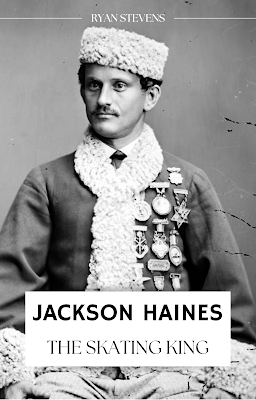


.jpg)
.png)

.jfif)
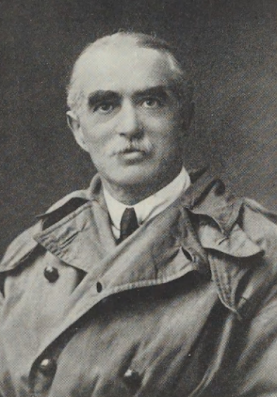
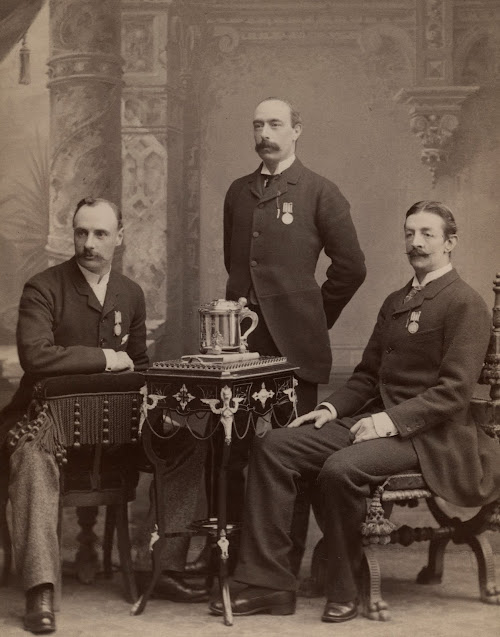


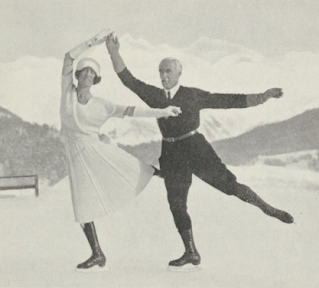
.png)

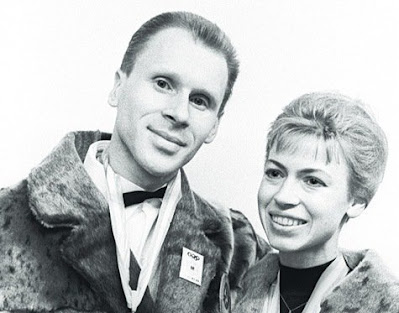
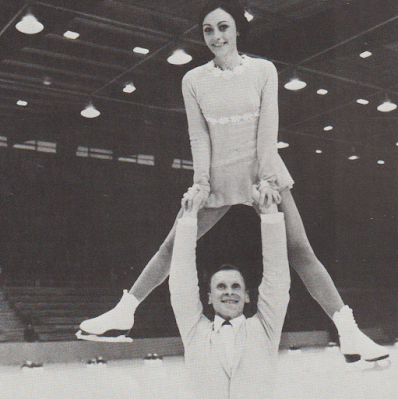














.jpg)
.jpg)

.jpg)

